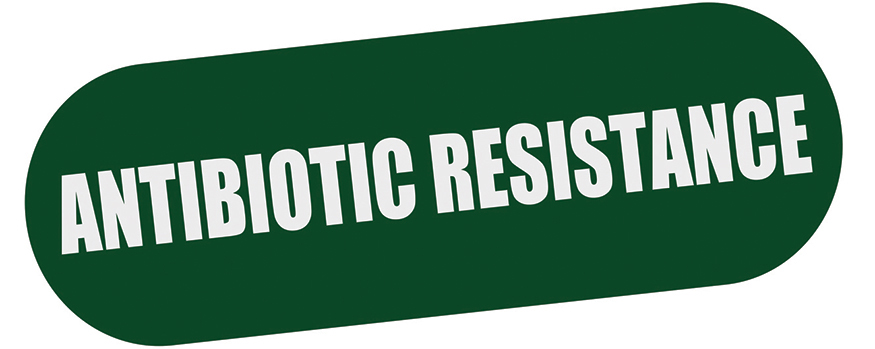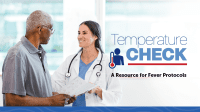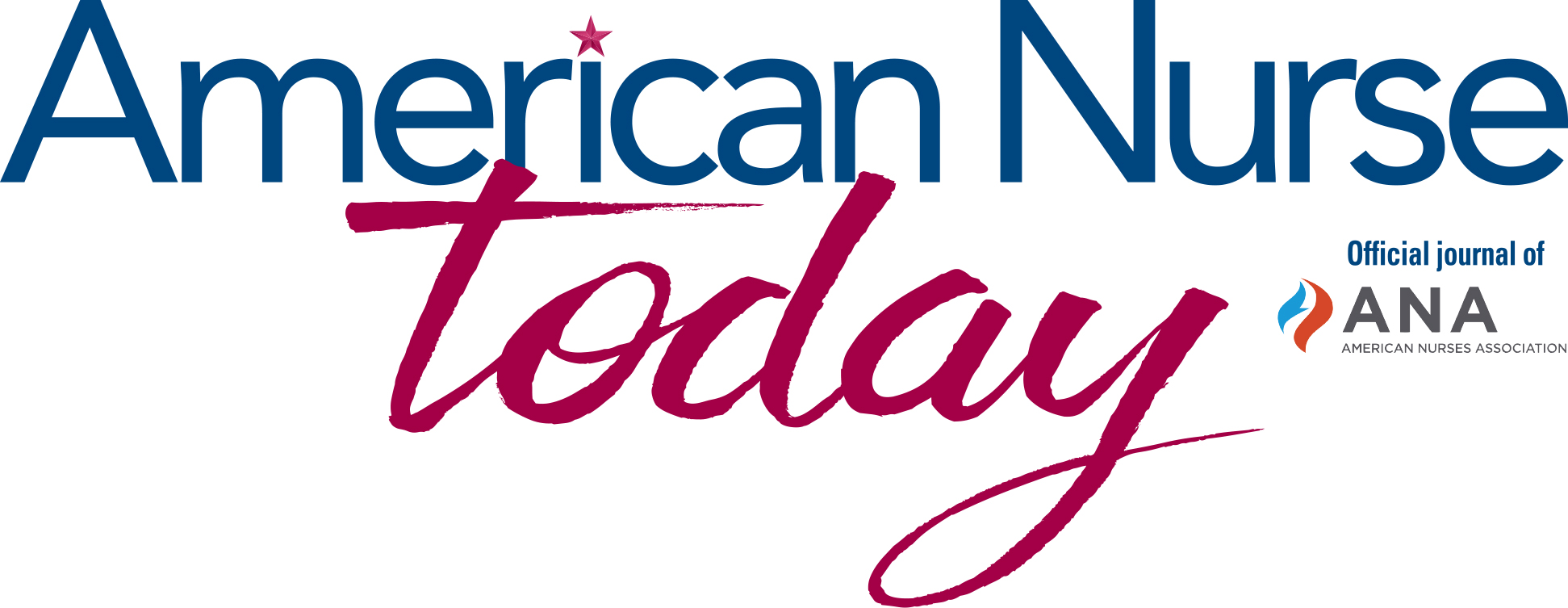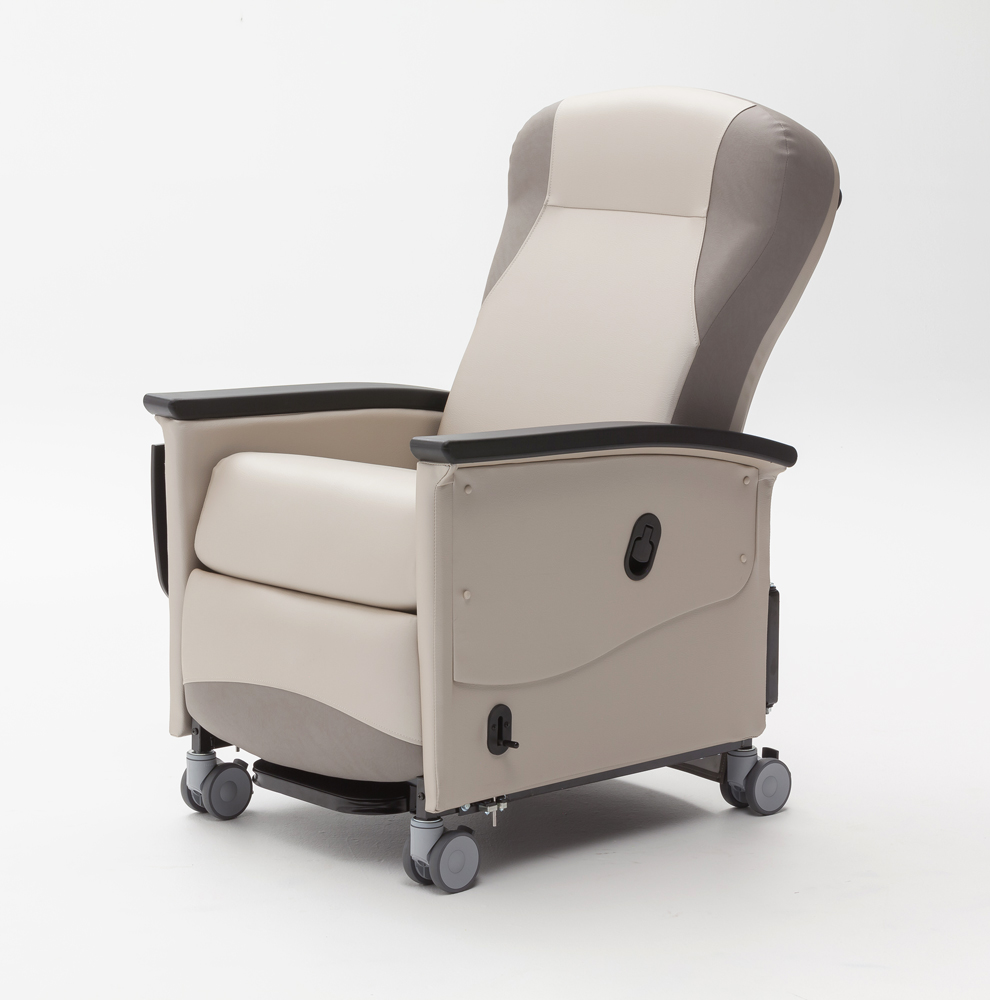Since microorganisms were first linked to infectious diseases centuries ago, scientists and healthcare practitioners have been waging a war to stop the spread of pathogens that lead to potentially fatal infections and illnesses. Over time, we’ve been fortunate to see the rise of many successful strategies, such as the development of antibiotics and vaccines, sophisticated personal protective equipment and tracking systems, and proper hand hygiene.
Continued vigilance, education, research, and evidence-based practices clearly are needed as we confront both longstanding and emerging diseases. Two of the most effective ways to prevent the spread of certain infectious agents have long been part of our professional practice—antibiotic stewardship and proper hand hygiene—and by using these, we can have great impact.
The Centers for Disease Control and Prevention (CDC) and Pew Charitable Trusts recently released new data showing that at least 30% (46.2 million) of antibiotics prescribed in U.S. emergency departments and outpatient provider offices are unnecessary. And as nurses, we’ve witnessed firsthand the steady emergence of antibiotic-resistant organisms, such as methicillin-resistant Staphylococcus aureus and carbapenemresistant enterobacteriaceae bacteria, which have led to patient deaths and continue to be a looming threat.
Because nurses work in so many roles and healthcare settings, we can play a pivotal role in stemming the tide of antibiotic resistance and minimizing the potential for even more “superbugs” by promoting the judicious use of these vitally important drugs. Currently, the American Nurses Association (ANA) is working with the CDC to strengthen nursing’s role in antibiotic stewardship, which consists of coordinated interventions designed to measure and improve appropriate antimicrobial use. One hospital-based strategy, for example, is a time-out, which allows healthcare providers to reassess the need for an antibiotic or to order a different one after 48 hours when more is known clinically. In addition to promoting antibiotic stewardship programs at our clinical sites, we need to make sure nurses play an active role in their development, implementation, and evaluation.
On a more personal level, nurses must emphasize with our own families and friends, who often turn to us for healthcare advice, that antibiotics are not the remedy for colds and other viral illnesses. They trust us to provide them with accurate information, and taking the time to explain antibiotic use and misuse is an important step to managing this healthcare crisis.
Another extremely important strategy is to practice proper hand hygiene and hold our colleagues accountable to do the same. On this front, ANA continues to work in partnership with the Association for Professionals in Infection Control and Epidemiology on evidenced-based resources related to hand hygiene and healthcare-associated infections.
Looking back, the emergence of Ebola virus in the United States in 2014 served as wake-up call for all of us in health care. We learned we must be prepared to respond promptly and effectively to outbreaks of wellknown infectious diseases, such as tuberculosis, as well as the unknown. At ANA, we worked quickly to provide nurses with the most up-to-date information on Ebola virus through webinars and online services so RNs could protect their patients and themselves.
With the recent emergence of Zika virus cases, we again delivered a “just-in-time” educational webinar and other resources that nurses wanted and needed. ANA also has partnered with the CDC to advertise the U.S. Zika Pregnancy Registry, which focuses on collecting information about pregnancy and infant outcomes after Zika infection. Finally, I encourage you to read the “Issues up close column” in this issue, which breaks down myths surrounding Zika virus.
We live in a mobile, global society, which increases the likelihood that we will encounter diseases we’ve never seen before. Not only must we continue to promote evidence-based practices that minimize infection, but we also must continue to advocate for baseline emergency preparedness services at all levels of government. ANA is committed to keeping our patients, our communities, and all healthcare workers safe, and we will remain vigilant for whatever lies ahead.















